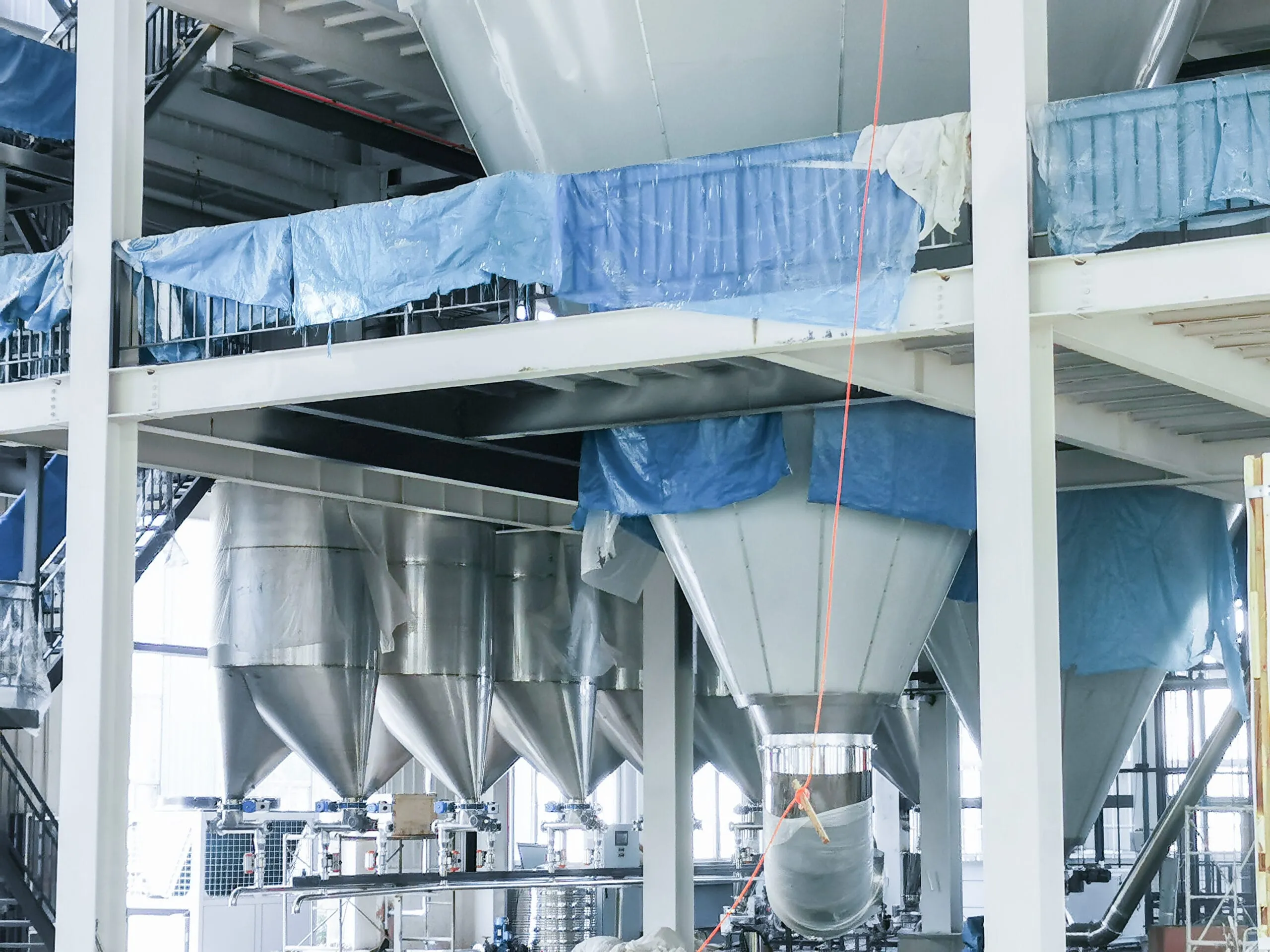Hydroxypropyl Methylcellulose (HPMC) has emerged as a leading material across diverse industries due to its exceptional properties and versatility. Whether in pharmaceuticals, food production, or construction, HPMC stands out as a reliable, multifunctional polymer that enhances product performance and sustainability. At Kima Chemical, the demand for high-quality Hydroxypropyl Methylcellulose has skyrocketed, making it a favored ingredient among manufacturers globally.
In this comprehensive guide, we delve deep into what makes Hydroxypropyl Methylcellulose the top-rated choice in 2025, exploring its characteristics, benefits, and diverse applications.
What Is Hydroxypropyl Methylcellulose?
Hydroxypropyl Methylcellulose is a semi-synthetic, inert, and viscoelastic polymer derived from cellulose, the most abundant natural polymer found in plants. It is also commonly known as HPMC and is widely used as a thickener, emulsifier, stabilizer, and film-forming agent. Its unique molecular structure allows it to dissolve in water, form clear solutions, and maintain consistent viscosity over a wide pH range.
HPMC’s adaptability has made it an essential component in multiple industries, from construction to personal care. Its popularity continues to grow, particularly as industries look for safer, non-toxic, and biodegradable alternatives.
Key Properties of Hydroxypropyl Methylcellulose
Hydroxypropyl Methylcellulose offers a host of properties that make it superior to other cellulose ethers and synthetic alternatives:
- Water Retention: Retains moisture effectively, ideal for cement and plaster applications
- Thickening Ability: Enhances the texture and viscosity of formulations
- Thermal Gelation: Forms gels when heated, making it perfect for pharmaceutical and food uses
- Film-Forming Capability: Used in coatings and controlled-release capsules
- pH Stability: Maintains performance across a wide pH range
- Non-Ionic Nature: Compatible with most ionic additives and chemicals
These characteristics not only improve product quality but also streamline manufacturing processes.
Applications of Hydroxypropyl Methylcellulose Across Industries
1. Pharmaceutical Industry
Hydroxypropyl Methylcellulose is widely used in the pharmaceutical sector as a binder, film former, and controlled-release agent. It is commonly found in:
- Tablet Coatings: Protects active ingredients and controls drug release
- Capsule Shells: Offers an excellent vegetarian alternative to gelatin
- Ophthalmic Solutions: Enhances viscosity for better ocular retention
Thanks to its non-toxic nature and compatibility with active pharmaceutical ingredients, Hydroxypropyl Methylcellulose is rated the best choice for modern drug formulations.
2. Construction Industry
In construction, HPMC plays a crucial role in cement-based mortars, tile adhesives, and plasters. It helps:
- Improve water retention and workability
- Extend open time for application
- Reduce cracking and shrinkage
The polymer enhances the performance of dry-mix products, making them more durable and easier to use—an essential factor for both professionals and DIY users.
3. Food Industry
In the food sector, Hydroxypropyl Methylcellulose acts as an emulsifier, thickener, and stabilizer. It is found in:
- Low-fat and gluten-free products
- Frozen foods and dairy alternatives
- Bakery items for improving texture and shelf life
Its ability to form heat-induced gels makes it valuable in meat substitutes and other plant-based formulations.
4. Cosmetics and Personal Care
Hydroxypropyl Methylcellulose is widely used in shampoos, lotions, and creams due to its excellent thickening and stabilizing capabilities. It enhances the sensory feel of products while improving shelf life.
Why Hydroxypropyl Methylcellulose Is Rated Best in 2025
The popularity of Hydroxypropyl Methylcellulose is no accident. It results from a convergence of market needs, environmental awareness, and technological advancements. Here’s why industries are giving it top ratings:
- Environmentally Friendly: Biodegradable and sustainable compared to synthetic polymers
- Non-Toxic and Safe: Suitable for pharmaceuticals and food applications
- High Versatility: Adaptable across a wide range of products and environments
- Reliable Performance: Maintains consistent properties even in demanding conditions
- Cost-Effective: Enhances product quality and longevity, reducing material waste
Kima Chemical has become a trusted supplier of premium-grade Hydroxypropyl Methylcellulose, offering customizable grades tailored to specific industry needs.
Choosing the Right Grade of Hydroxypropyl Methylcellulose
Not all HPMC is created equal. Depending on the intended application, the viscosity, substitution type, and thermal gelation point may vary. At Kima Chemical, the HPMC offerings are divided into several grades, including:
- Low Viscosity Grades: Ideal for sprayable coatings and solutions
- Medium Viscosity Grades: Used in mortars and adhesives
- High Viscosity Grades: Suited for tile bonding and pharmaceutical tablets
Selecting the right grade ensures optimal performance and customer satisfaction.
Kima Chemical: Your Trusted HPMC Supplier
Kima Chemical specializes in providing high-quality Hydroxypropyl Methylcellulose tailored to meet the specific demands of diverse industries. With advanced manufacturing facilities and strict quality control processes, Kima ensures consistency, purity, and performance in every batch.
Whether you require bulk supply for industrial use or specialized formulations for niche applications, Kima Chemical is committed to delivering excellence and support.
Frequently Asked Questions (FAQ)
1. Is Hydroxypropyl Methylcellulose safe for consumption?
Yes, Hydroxypropyl Methylcellulose is widely approved by international regulatory bodies such as the FDA and EFSA. It is non-toxic, non-allergenic, and safe for use in food and pharmaceuticals.
2. Can HPMC be used in vegan or vegetarian products?
Absolutely. HPMC is plant-derived and serves as a perfect alternative to gelatin in capsules and food products, making it suitable for vegetarian and vegan consumers.
3. How should Hydroxypropyl Methylcellulose be stored?
Store in a cool, dry place in sealed containers. Keep away from moisture and direct sunlight to preserve its quality and effectiveness over time.
Conclusion
Hydroxypropyl Methylcellulose has firmly established itself as a cornerstone in modern manufacturing, delivering unmatched functionality across multiple sectors. Its non-toxic, biodegradable nature and performance reliability make it a preferred choice globally. With growing demand for eco-friendly, versatile ingredients, Hydroxypropyl Methylcellulose continues to outshine alternatives in 2025.
Kima Chemical remains at the forefront of this trend, providing expertly formulated HPMC products backed by years of research, development, and customer trust. Now is the time to upgrade your formulations and industrial processes by choosing Hydroxypropyl Methylcellulose—the best choice for a sustainable and high-performance future. We’ve designed our homepage to help you find what you need faster.
